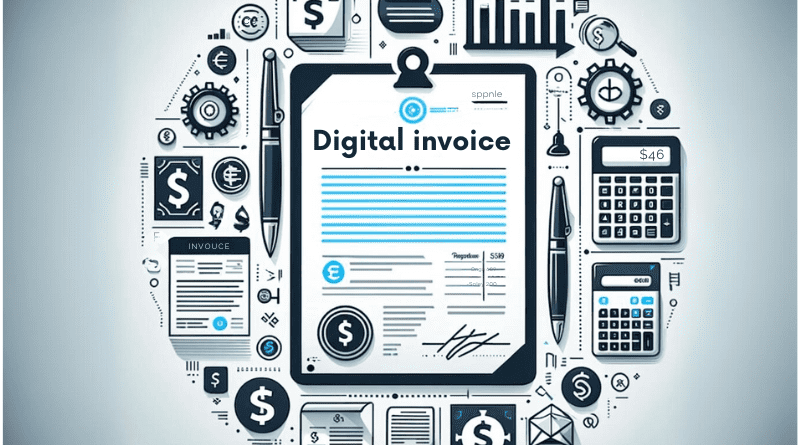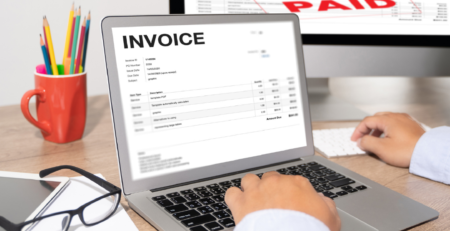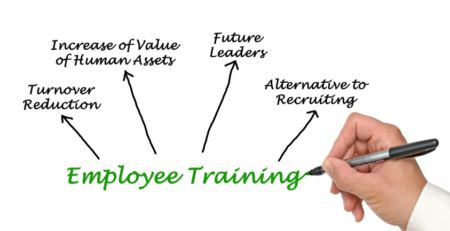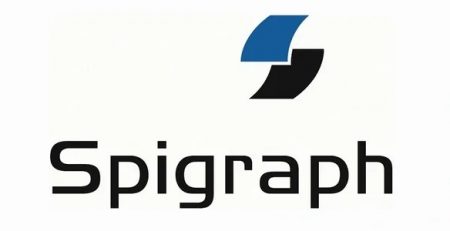Invoice Agility – The Future of Invoicing is Digital
Invoice Agility has become the future of digital invoicing, and the regulations around it are ever-changing. The account teams must adapt to withstand the pressures of rising operations costs, expectations of turning around payments quicker and changing regulatory environments such as the introduction of the clearance mandate.
Additionally, teams must be updated with the ever-changing regulations, tightening requirements and service level agreements (SLAs).
It’s hard to achieve invoice agility with out-of-the-box solutions; hence, teams are looking for solutions that make invoice processing efficient by
- Capturing invoices digitally irrespective of how they are received: by paper, email, pdf or through an invoicing system
- Processing invoices by routing through automated workflow
- Sending and receiving invoices through the e-invoicing portals
- and ensuring you can get the insight and data to improve the processes continuously.
Research backs up the automation of invoice processing, too, as a complete invoicing solution will reduce time and per-invoice processing costs by up to 70%.
Gartner has forecasted that by 2026, the annual spend for APIA and Supplier E-Invoicing will be up significantly compared to 2021 – from $927m to $1.75bn. What does this mean for accounts teams? Accounts teams will be looking for solutions that help them comply with e-invoicing regulations without creating extra manual work for them. This is where digital invoice handling and invoice automation can come together to capture invoice information, centralise the processing and standardise the compliance workflow. This will help in on-time digital filling and reduce risk of non-compliance.

The need of the hour: Invoice Agility
Invoice agility is defined as the capability of invoices or invoicing processes to be flexible, adaptive, and responsive to various changes in business conditions. This might involve the ability to quickly generate, modify, or process invoices in response to changes in pricing, terms, or changing compliance landscapes.
How can an accounts payable team achieve invoice agility?
Achieving invoice agility involves optimising and streamlining the invoicing processes to make them more flexible, efficient, and responsive to changing business needs. Here are some strategies finance teams can consider to enhance invoice agility:
- Automation of Invoicing Processes:
- Implement invoice automation software to streamline invoice generation, approval, and processing.
- Automation reduces manual errors, accelerates the invoicing cycle, and allows quick adjustments.
- Electronic Invoicing (e-invoicing):
- Adopt electronic invoicing systems to enable faster, more accurate, and paperless invoicing.
- E-invoicing facilitates real-time tracking and reduces the time and costs of traditional paper-based processes.
- Cloud-Based Financial Systems:
- Utilise cloud-based financial management systems that offer scalability, accessibility, and collaboration.
- Cloud-based solutions enable teams to access and update invoicing information from anywhere, promoting agility.
- Integration with ERP Systems:
- Integrate invoicing processes with Enterprise Resource Planning (ERP) systems for seamless data flow between different financial functions.
- This integration enhances accuracy, reduces duplication of efforts, and ensures consistency in financial data.
- Dynamic Invoicing Templates:
- Create dynamic invoicing templates that can be easily customized to accommodate changes in pricing, terms, or other variables.
- This flexibility allows finance teams to adapt quickly to evolving business requirements. OR use software solutions that are not dependent on templates for processing invoices at all.
- Real-Time Reporting and Analytics:
- Implement reporting and analytics tools to gain insights into invoicing trends and performance.
- Real-time data helps finance teams make informed decisions and adjust strategies promptly.
- Supplier Collaboration:
- Foster collaboration with suppliers to improve communication and resolve issues more efficiently.
- Implement systems that allow for real-time communication and feedback between finance teams and suppliers.
- Agile Approval Workflows:
- Design agile approval workflows to speed up the approval process for invoices.
- Implement automated approval systems that can be adjusted easily to accommodate changes in approval hierarchies.
- Compliance Management:
- Stay updated on regulatory changes related to invoicing and ensure compliance.
- Build agility into compliance processes to adapt quickly to new legal or regulatory requirements.
- Continuous Process Improvement:
- Encourage a culture of constant improvement within the finance team.
- Regularly review and optimise invoicing processes to identify areas for efficiency gains and adapt to changing business dynamics.
By incorporating these strategies, finance teams can enhance their ability to adapt quickly to changes, making their invoicing processes more agile and responsive.
Benefits of Adopting Invoice Agility
Invoice agility can benefit the finance team, contributing to overall efficiency, accuracy, and adaptability. Here are some key advantages:
- Faster Invoicing Cycle:
- Invoice agility enables quicker generation, approval, and processing of invoices, reducing the overall time it takes to complete the invoicing cycle.
- Reduced Errors and Discrepancies:
- Automation and dynamic invoicing templates help minimise manual errors, ensuring accuracy in invoicing and reducing the likelihood of discrepancies.
- Improved Cash Flow Management:
- Faster invoicing and payment cycles contribute to better cash flow management, allowing the finance team to anticipate and address cash flow needs more effectively.
- Enhanced Cost Efficiency:
- Automation and streamlined processes lead to cost savings by reducing the time and resources required for manual invoicing tasks.
- Greater Visibility and Control:
- Real-time reporting and analytics provide the finance team with greater visibility into invoicing trends and performance, allowing for more informed decision-making and better control over financial processes.
- Adaptability to Changing Business Conditions:
- Invoice agility allows the finance team to quickly adjust to changes in pricing, terms, or other variables, helping the organization adapt to evolving business conditions.
- Improved Supplier Relationships:
- Efficient invoicing processes and timely payments contribute to stronger relationships with suppliers, fostering collaboration and trust.
- Compliance and Risk Mitigation:
- Agile invoicing processes make it easier to stay compliant with changing regulations and mitigate the risks associated with non-compliance.
- Enhanced Productivity:
- Automation and streamlined workflows free up time for finance team members to focus on more strategic tasks, improving overall productivity.
- Scalability:
- Cloud-based financial systems and automated processes provide scalability, allowing the finance team to handle a growing volume of invoices without a proportional increase in manual effort.
- Customer Satisfaction:
- Efficient invoicing contributes to timely and accurate billing, positively impacting customer satisfaction and relationships.
- Strategic Decision-Making:
- Real-time data and insights from agile invoicing processes empower the finance team to make strategic decisions based on the most up-to-date information.
- Competitive Advantage:
- The ability to adapt quickly and operate efficiently in invoicing processes can provide a competitive advantage in the marketplace.
By embracing invoice agility, the finance team can not only streamline their day-to-day operations but also contribute to the overall success and competitiveness of the organization.
How can Telic help with invoice agility?
Working with our partners at Kofax/Tungsten Automation, these solutions are readily available in a combined offering. Utilising Kofax KTA, AP Essentials and its e-invoicing solutions, it’s an end-to-end solution teams will benefit from immensely. KTA captures invoice information from emails, paper invoices, or e-invoicing platforms, while AP Essentials stores data in the cloud and has a simple workflow solution that comes with it. This means that the invoice information can be passed on to different systems such as Sage or SAP, but the invoice can also be forwarded to various accounts team members and business unit heads for approval of the invoices. The approved invoices can then be passed back to accounts payable teams so they can pay them.
Finally, the e-invoicing platform creates digital invoices by default. The regulations are changing, and most of Europe will deal with digital invoices by the end of this year, so an e-invoicing platform will put an organisation ahead of the curve when it comes to completely digital.
Want to find out more? Watch the AP Agility demo here
Get in touch with Telic today.











